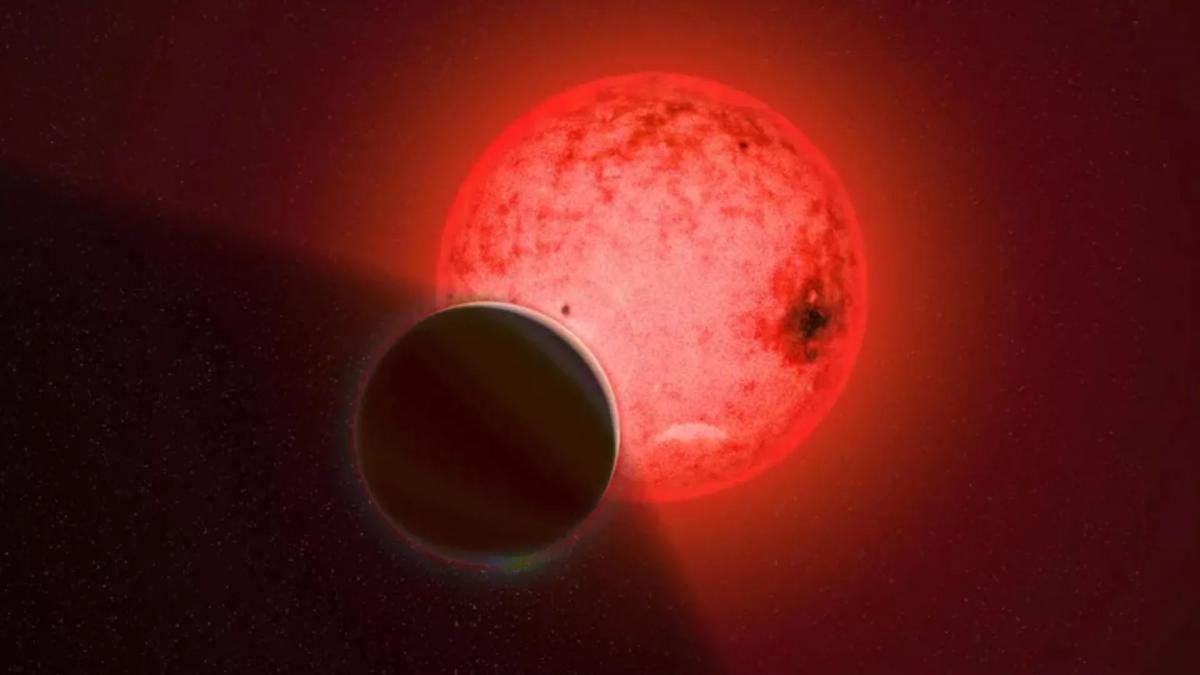From a scientific point of view, the planet should not have appeared.

Scientists have discovered a giant planet orbiting a small star. The planet, which astronomers saw with the help of the TESS space telescope, was called “forbidden” because its size does not correspond to the size of its star.
As the publication Space notes, some “forbidden” mechanism allowed this planet to appear. At the same time, the existence of this planet contradicts all theories. From a scientific point of view, it could not appear.
The planet TOI 5205b orbits the tiny red dwarf star TOI 5205. It is 280 light-years from Earth and is about the size of Jupiter. At the same time, the detected planet is only 4 times smaller than its native star.
Scientists have previously found gas giants around M-class stars, and all of them were significantly larger than the red dwarf TOI 5205. This discovery by astronomers could change the way gas giants like Jupiter form.
The star TOI-5205 is only 40% of the size and mass of our Sun. And its temperature is approximately half as low.
Shabham Kanodia from the American Carnegie Institution notes that scientists do not understand how such a huge planet could form around such a small star in relation to the size of the star itself. Until this case, scientists had never found gas giants around such red dwarfs.
“This is a forbidden planet. It should not exist according to our ideas about the formation of such planets. The existence of TOI-5205b expands our knowledge about protoplanetary disks,” he added.
The planet is so large, compared to the size of its star, that it blocked 7% of the emitted light of this star. To date, this is the largest number for a Jupiter-sized planet known to scientists. It is noteworthy that the planet was detected only because it passed against the background of its star and blocked part of its light.
Scientists intend to continue observing TOI 5205b with the Webb Space Telescope for further study. They believe that many more such planets will soon be discovered.
Space exploration: discoveries of scientists
The James Webb telescope has discovered, as it is supposed, six massive ancient galaxies. Astronomers call them “destroyers of the universe.”
Earlier, a team of German scientists from the Max Planck Institute for Astronomy discovered a new planet that could potentially be habitable.
In late January 2023, it was reported that astronomers had detected very powerful fast radio bursts that continue to recur. These short-lived events consist of bursts that release more energy in a millisecond than the Sun does in three days.





